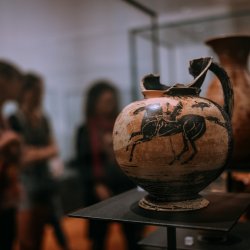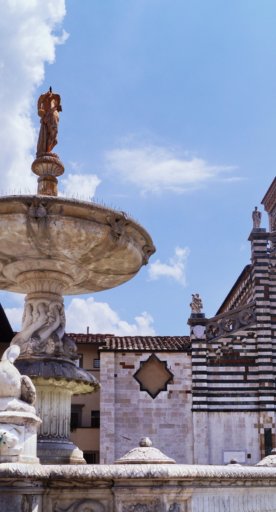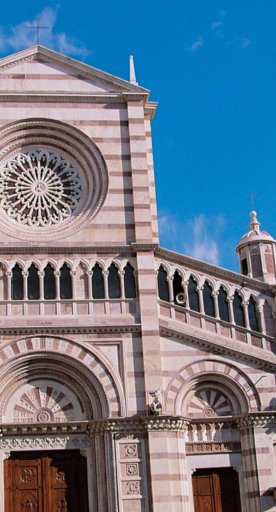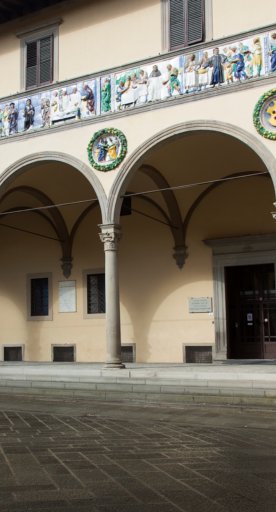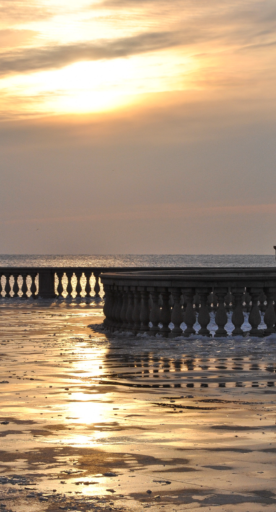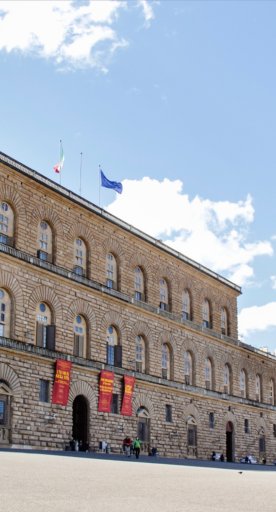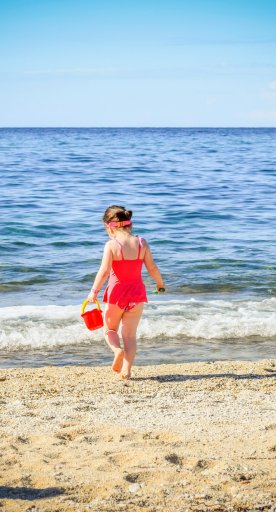Museums and other barrier-free art venues in Florence
Accessibility in Florence’s museums: art and culture for all
The city of Florence is committed to welcoming all visitors, without distinction. An increasing number of museums and cultural venues want to ensure an inclusive experience by removing architectural barriers and offering dedicated services.
From facilitated access to multisensory tours, many Florentine cultural institutions are seeking to make art and history more available.
Here are the accessible museums throughout the city, the services available and some useful tips for organizing a barrier-free visit.
-
1.Gallery of the Academy of Florence
-
2.Uffizi Gallery and Pitti Palace
-
3.Opera del Duomo Museum
-
4.Bargello National Museum
-
5.Palazzo Medici Riccardi
-
6.Monumental Complex of Santa Croce
-
7.Medici Chapels
-
8.Monumental Complex of Santa Maria Novella
-
9.Palazzo Davanzati
-
10.Marino Marini Museum
-
11.Stibbert Museum
-
12.Museo Novecento
-
13.Opificio delle Pietre Dure Museum
-
14.Archaeological Museum of Florence
-
15.Brancacci Chapel
-
16.Museo degli Innocenti
-
17.Athenaeum Museum System
-
18.Palazzo Strozzi
Gallery of the Academy of Florence

The Gallery of the Academy of Florence is equipped to ensure an accessible experience. The entrance and ticket office are barrier-free, while the entire tour route is fully accessible. A fully equipped bathroom is available on the ground floor near the elevator.
To enhance the visitor experience, two resources have been developed: an introductory kit with information and trivia about the museum, useful for preparing for the visit, along with the social history, a guide designed to accompany the public as they walk through the halls.
The Gallery of the Academy of Florence additionally offers tactile maps to guide visitors through its rooms.
Uffizi Gallery and Pitti Palace
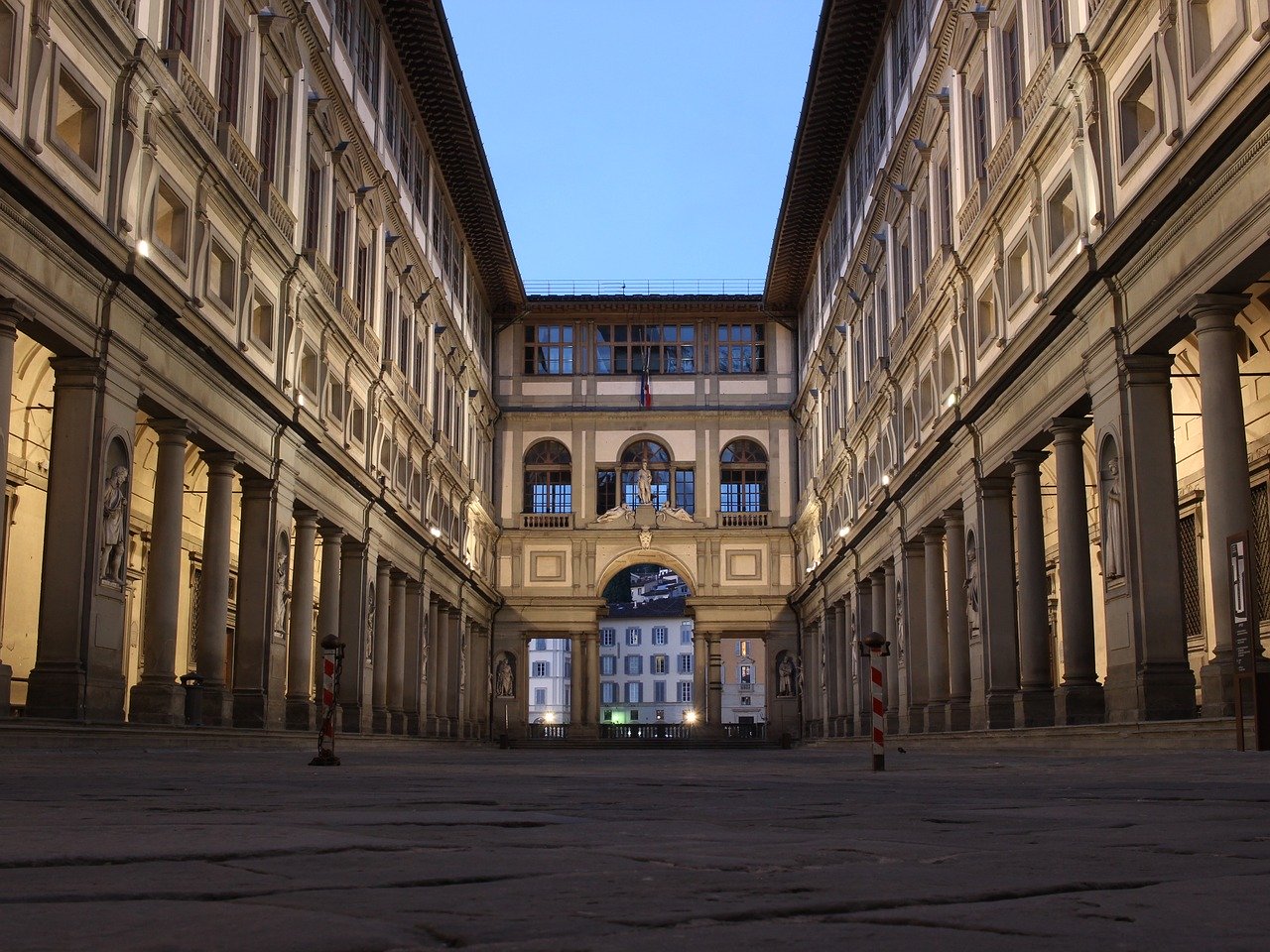
The Uffizi Gallery has an accessible entrance along with elevators to reach the various floors. Accessible toilets are located on the first and second floors as well as by the bookshop near the exit.
Palazzo Pitti has an accessible entrance for people with mobility issues, via a ramp under the loggia.
Once inside, the courtyard has no steps and offers services such as a cafeteria, bookshop and accessible bathroom.
Entering the Treasury of the Grand Dukes is possible only on the ground floor. The Palatine Gallery, the Gallery of Modern Art and the Museum of Costume and Fashion can be reached by elevators located on the right side of the courtyard.
Visitors with reduced mobility can hire wheelchairs and walkers free of charge, with no reservation or deposit being required.
These aids are available from the accessible entrance to the Uffizi and at the Palazzo Pitti Ticket Office.
Guide dogs for visually impaired people are allowed unrestricted access.
In addition, a tactile tour service is offered in the museums of the Uffizi Galleries to experiment with ways of approaching works of art involving senses other than sight.
Opera del Duomo Museum

The Opera del Duomo Museum is similarly accessible to people with mobility difficulties, yet reservations are always required.
There is even a tactile trail within the museum that takes a multi-sensory approach. To this end, guided tours have been planned for blind and visually impaired visitors, as well as for people with cognitive disabilities.
Wheelchairs are available at the entrance to the Cathedral and Museum.
The entry of support animals is permitted, subject to certification.
Bargello National Museum

The National Museum of Bargello is equipped to facilitate access for people with mobility issues through the walkway connected to the street level.
The rooms of the museum are accessible, with the exception of the Chapel, Sacristy and Bronze Room. A tactile trail is likewise offered but only by reservation.
Palazzo Medici Riccardi

Palazzo Medici Riccardi is fully accessible to people with mobility disabilities, with the exception of the Magi Chapel which is partially accessible. The accessible entrance is from Via de’ Ginori 2.
Monumental Complex of Santa Croce

The Monumental Complex of Santa Croce offers access to the basilica and cloister via a ramp and platform. Admission does not require reservations. Guide dogs with certification are permitted.
Although many areas of the Santa Croce monumental complex are accessible, some have limitations. The aisles of the basilica are easily passable but the transept chapels are on a raised level, accessible only by steps that are not wheelchair-friendly. To visit the Last Supper, it is necessary to exit the Basilica via the ramp and access the Arnolfo di Cambio Cloister from Piazza Santa Croce.
Medici Chapels

The Medici Chapels have devices to assist people with mobility disabilities so they may access the site. The walkway connects to the street. Wheelchair accessibility on the ground floor is possible via a ramp.
On the second floor, the Chapel of the Princes is reached by elevator, from where a platform leads to the New Sacristy. Michelangelo’s Secret Room is not accessible.
Monumental Complex of Santa Maria Novella

The Monumental Complex of Santa Maria Novella has an elevator at the entrance to avoid having to climb up three steps. The museum is fully accessible. To go from the museum to the Basilica, it is necessary to take the emergency exit toward Piazza Santa Maria Novella and enter the church from the entrance in the Piazza. There is a bathroom in the museum equipped for people with mobility issues.
Palazzo Davanzati
The Palazzo Davanzati Museum is equipped with access aids for people with mobility issues, however staff must be notified to place the mobile platform at the main door. An elevator leads to the upper floors. Accessible toilet facilities are present on the ground floor. And it is also possible to book a tactile experience.
Marino Marini Museum
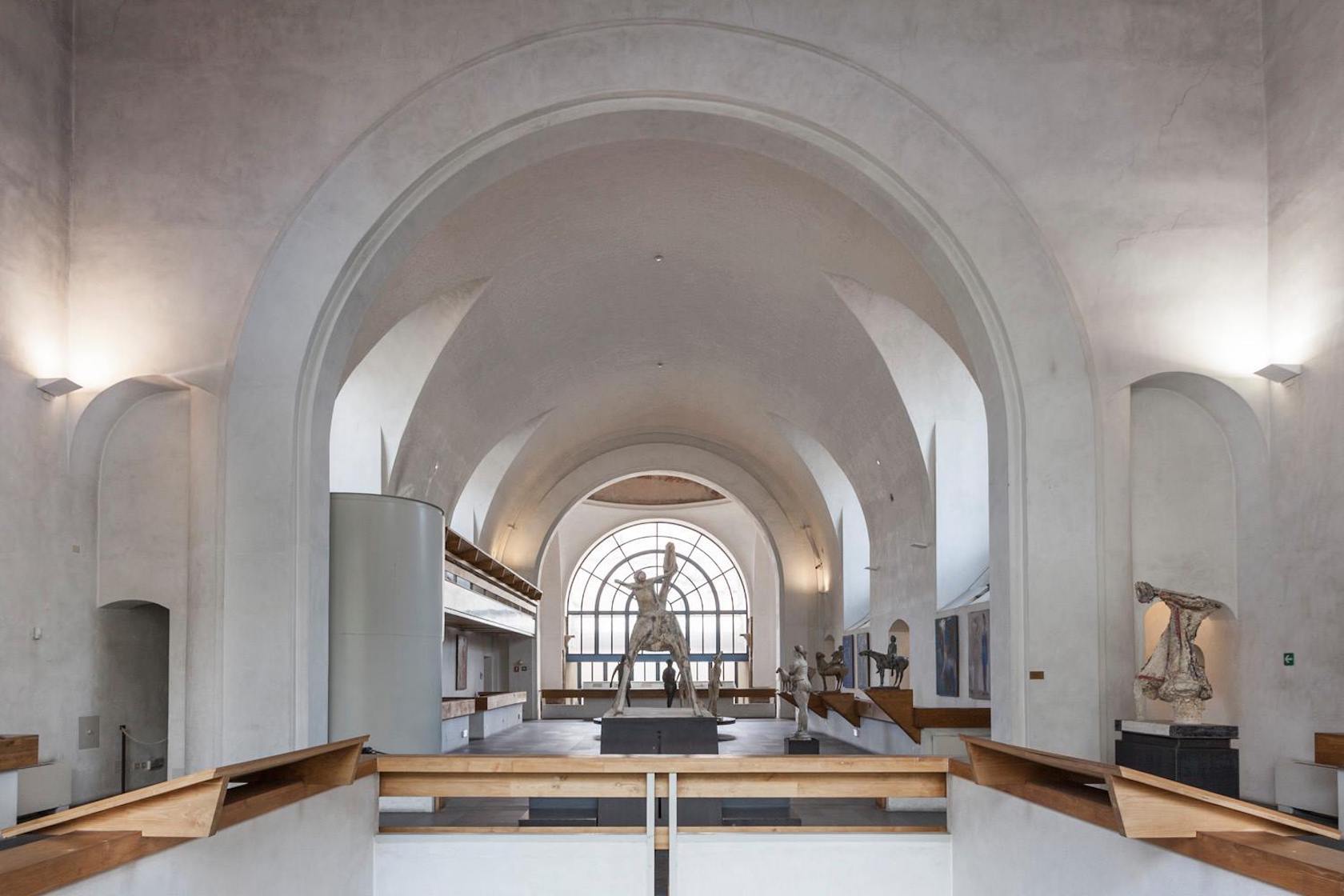
The Marino Marini Museum features an elevator for accessing the Museum’s ticket office. The interior is entirely accessible thanks to ramps and platforms. The accessible toilets are located on the ground floor.
A tactile experience for blind people can likewise be reserved. Upon request, there is even the possibility to organize guided tours in Italian Sign Language as well as tours dedicated to people with cognitive disabilities.
Stibbert Museum
The Stibbert Museum offers the option of arriving by car and parking at the entrance. The ticket office, cafeteria and restrooms are fully accessible, as are some of the rooms on the ground and upper floors, which can be reached by elevator.
Other rooms on the ground floor are difficult to access due to the presence of steps, as is the case for the Japanese Armory.
Museo Novecento
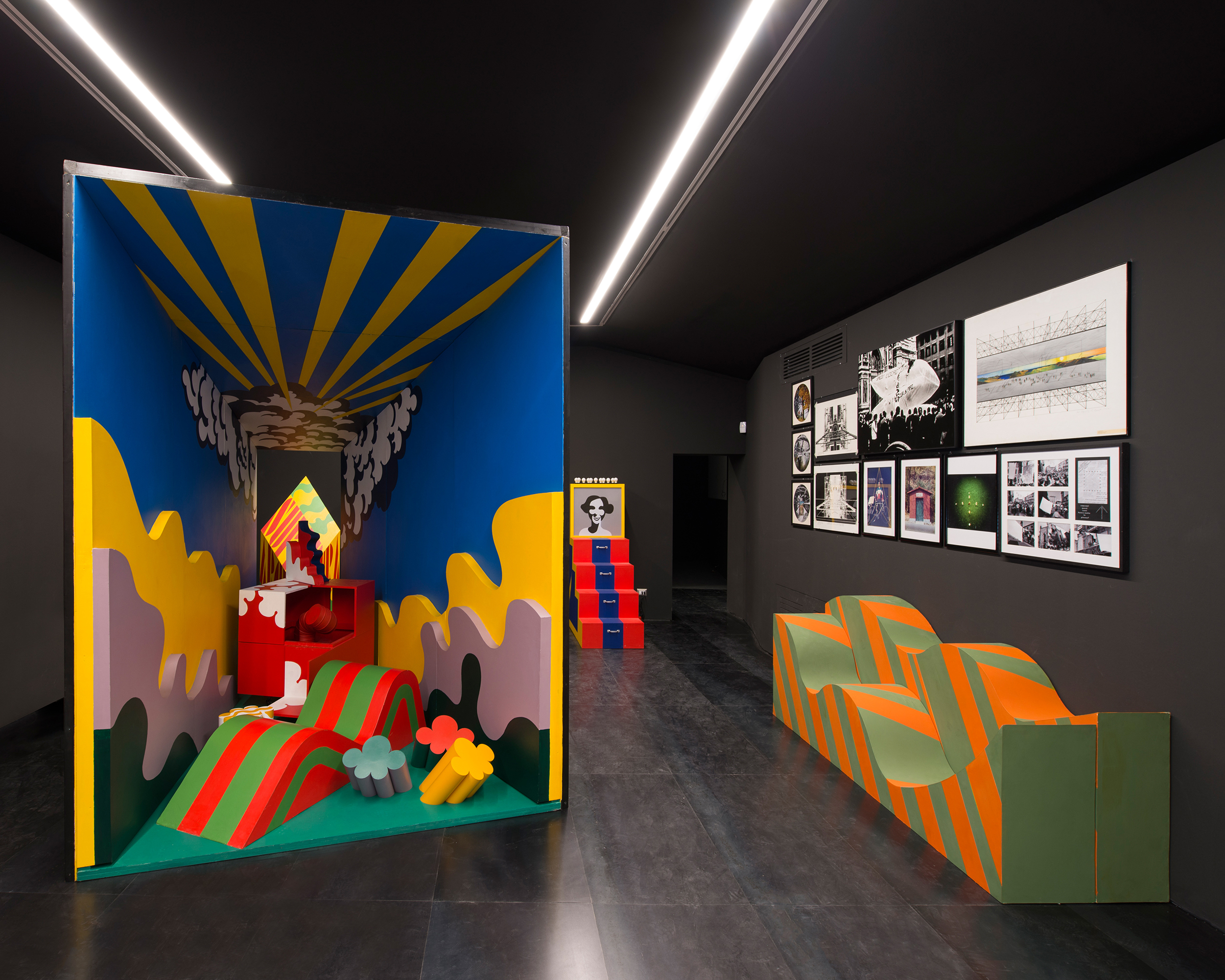
The Museo Novecento is fully accessible, thanks to elevators and ramps. There is a bathroom for people with disabilities on the ground floor, first floor and second floor. Multi-sensory tours dedicated to people who are blind or visually impaired are organized periodically.
Opificio delle Pietre Dure Museum
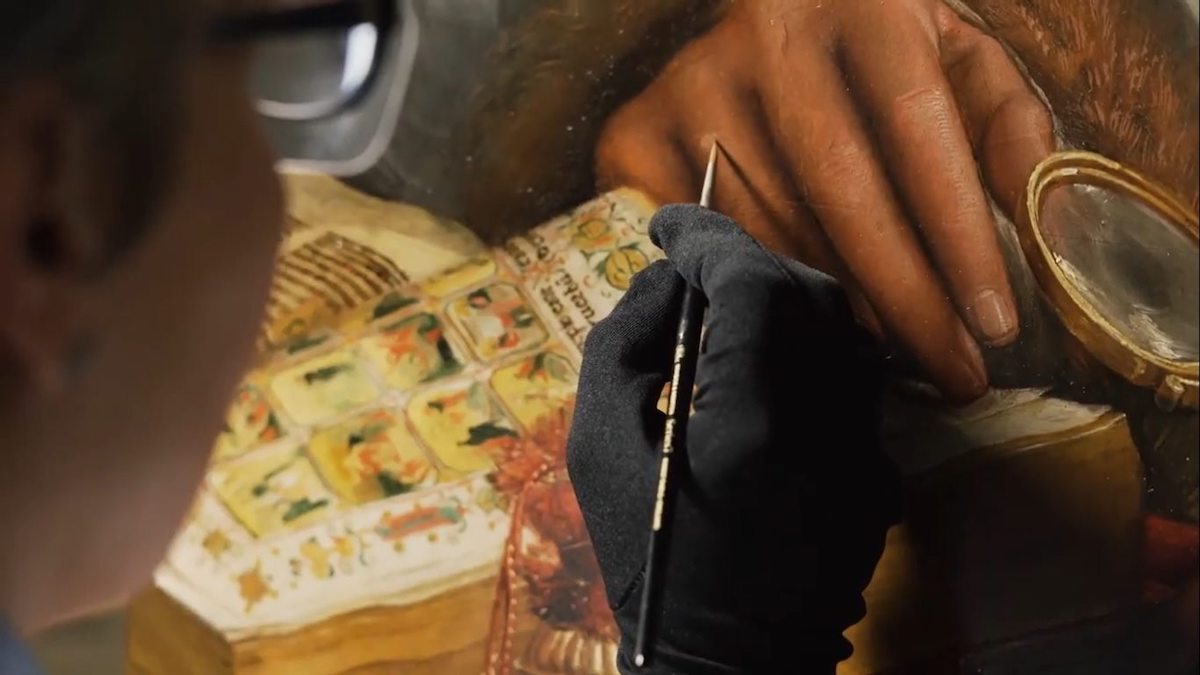
The Opificio delle Pietre Dure Museum is fully accessible via an elevator, albeit not usable with electric wheelchairs.
Archaeological Museum of Florence

The Archaeological Museum provides access for people with mobility issues via a special electric platform that leads to the upper floors and directly to the bathrooms.
Brancacci Chapel
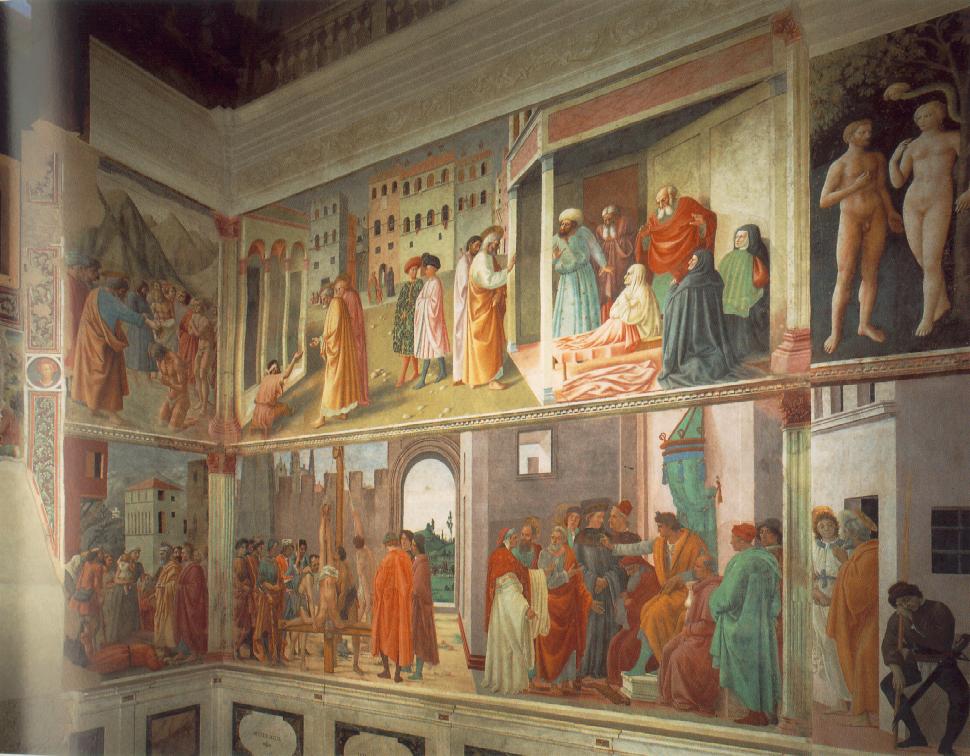
The Brancacci Chapel, located inside the Church of Santa Maria del Carmine, can be reached via a museum route that runs from Piazza del Carmine through the cloister and the Chapter House. The chapel can be reached from the cloister, elevated above the ground floor but reached via an elevator. The other museum rooms are fully accessible. Accessible toilets are located on the ground floor of the cloister.
Museo degli Innocenti

The Museo degli Innocenti (Museum of the Innocents) is fully accessible from the main entrance and has elevators to go up to the higher floors. The museum can be visited in its entirety. There are also accessible toilets along the tour route.
The Innocenti Museum adheres to the Museum for All project, an initiative that combines the concepts of education, mediation and accessibility to create a new museum concept where the institution offers the possibility of downloading a visit aid for visitors with cognitive and intellectual disabilities.
Athenaeum Museum System
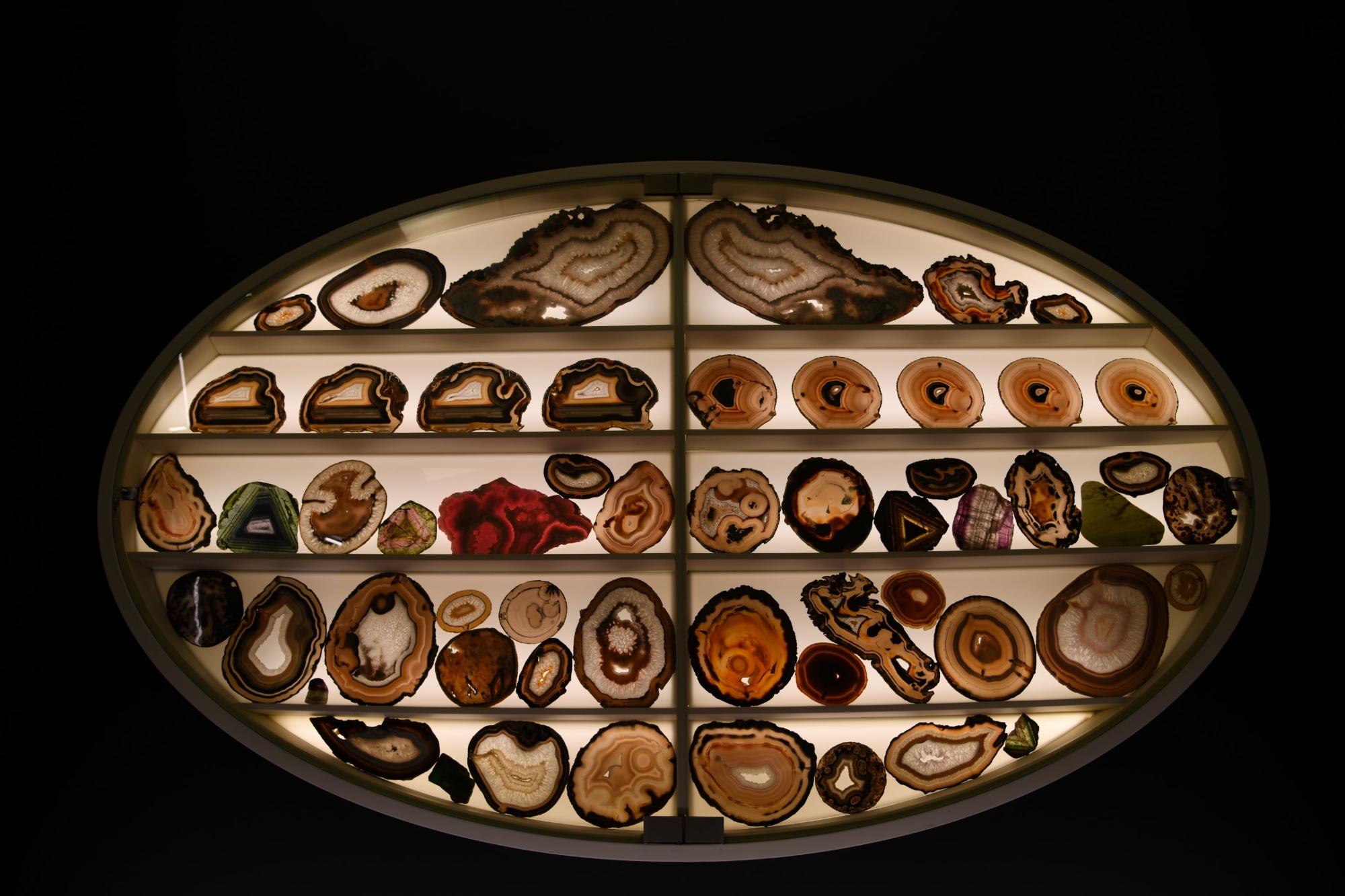
The Athenaeum Museum System exhibits and exalts the University of Florence’s scientific, historical-scientific and historical-artistic collections, offering broad accessibility to its museums and Botanical Garden, ensuring an inclusive experience for all visitors.
The Museum of Anthropology and Ethnology and “La Specola” Museum of Natural History are equipped with elevators for wheelchairs, while the Geology and Paleontology Museum and the “Giardino dei Semplici” Botanical Garden are barrier-free and with a single floor. Guide dogs are allowed for people who are blind or visually impaired.
The Geology and Paleontology Museum has a Braille tactile pathway, developed in collaboration with the Italian Union of Blind and Partially Sighted People.
A small electric car is available at the Botanical Garden for guided tours, which can be reserved for people with mobility issues, visual impairments or for the elderly. The mini-car can accommodate up to 5 people or 3 people and a wheelchair.
The gardens and museums are environments designed for silence, with softened lighting and reduced noise levels, meeting the needs of visitors with autism spectrum disorders.
The Athenaeum Museum System is part of the WELCOME (We Encourage Living Collective Open Museums Experiences) network, which organizes inclusive tours, meetings and workshops.
Palazzo Strozzi

The halls of Palazzo Strozzi are barrier-free.
An elevator located in the courtyard is available to access the exhibition floor.
At the ticket office, visitors can request use of a wheelchair that is stored in the checkroom on the second floor.
The bathrooms in the exhibition spaces are accessible to people with mobility disabilities.
In addition, Palazzo Strozzi offers projects dedicated to people with dementia and their caregivers, people with Parkinson’s disease, and Italian Sign Language videoguides dedicated to people with sensory disabilities.




